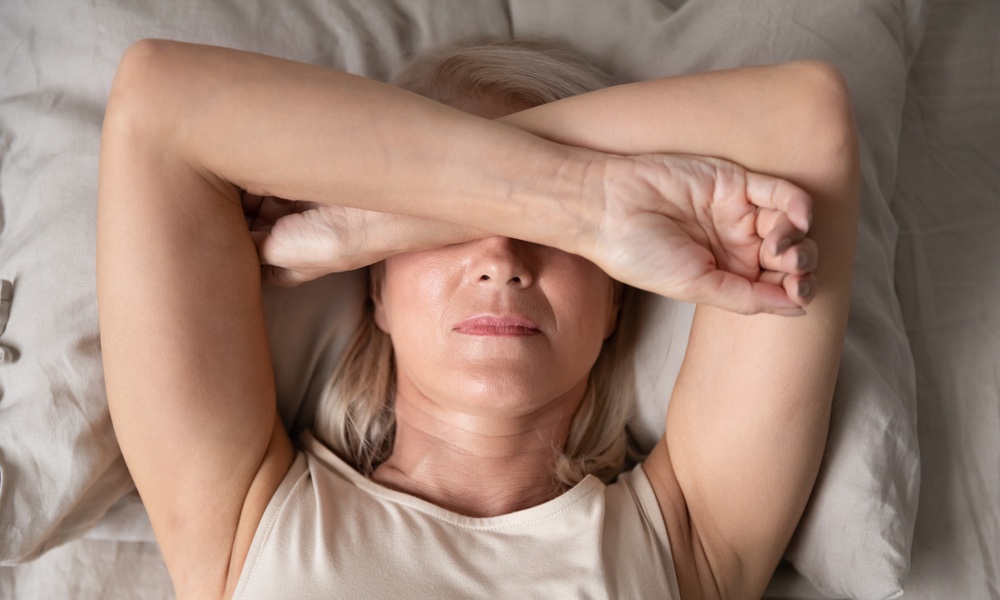Ever notice how cartoon characters tend to be on Mac-N-Cheese boxes but not on the packaging of carrots or lettuce? A team of researchers led by Christina Roberto noticed this phenomenon and set out to look at how kids’ food choices may be influenced by whether or not cartoon characters appear on the containers.
...Vegetable sales at two grocery store chains increased in conjunction with SpongeBob SquarePants showing up on the labels.
The team at Yale University’s Rudd Center for Food Policy and Obesity asked 40 children to taste-test three foods: graham crackers, gummy fruit snacks, and baby carrots. Each type of food was presented one at a time, but there were two versions of each food offered during each trial: one food had a popular children’s cartoon character on the label and the other did not. The team had designed food containers to be simple and identical in color, shape, and design; the only difference was that one container had the addition of a sticker showing one of three cartoon characters on it. The researchers alternated between the popular licensed characters, Dora the Explorer, Scooby Doo, and Shrek.
After the child chose which food he or she preferred, the researcher also asked the child to rate how good the foods tasted, given five options (known as a Likert scale): for example, each child was asked, “Do you love it, like it, it’s OK, you don’t like it, or you hate it?”
Roberto and her team do note concern in the fact that the effect was seen less in carrots than the other two foods, but say that it may be due to study’s sample size of only 40 children, or because kids are simply not used to seeing cartoon characters on vegetables. But they also mention the results of earlier reports that found vegetable sales at two grocery store chains increased in conjunction with SpongeBob SquarePants showing up on the labels.
Finally, the authors suggest that a change needs to be made so that kids are not swayed to make unhealthy food choices: they say that because “13% of marketing expenditures ($208 million) targeting youths are spent on character licensing and other forms of cross-promotion, our findings suggest that the use of licensed characters on junk food packaging should be restricted.” Given the enormous rise in childhood obesity in the country in recent years, this may not be such a bad idea.




